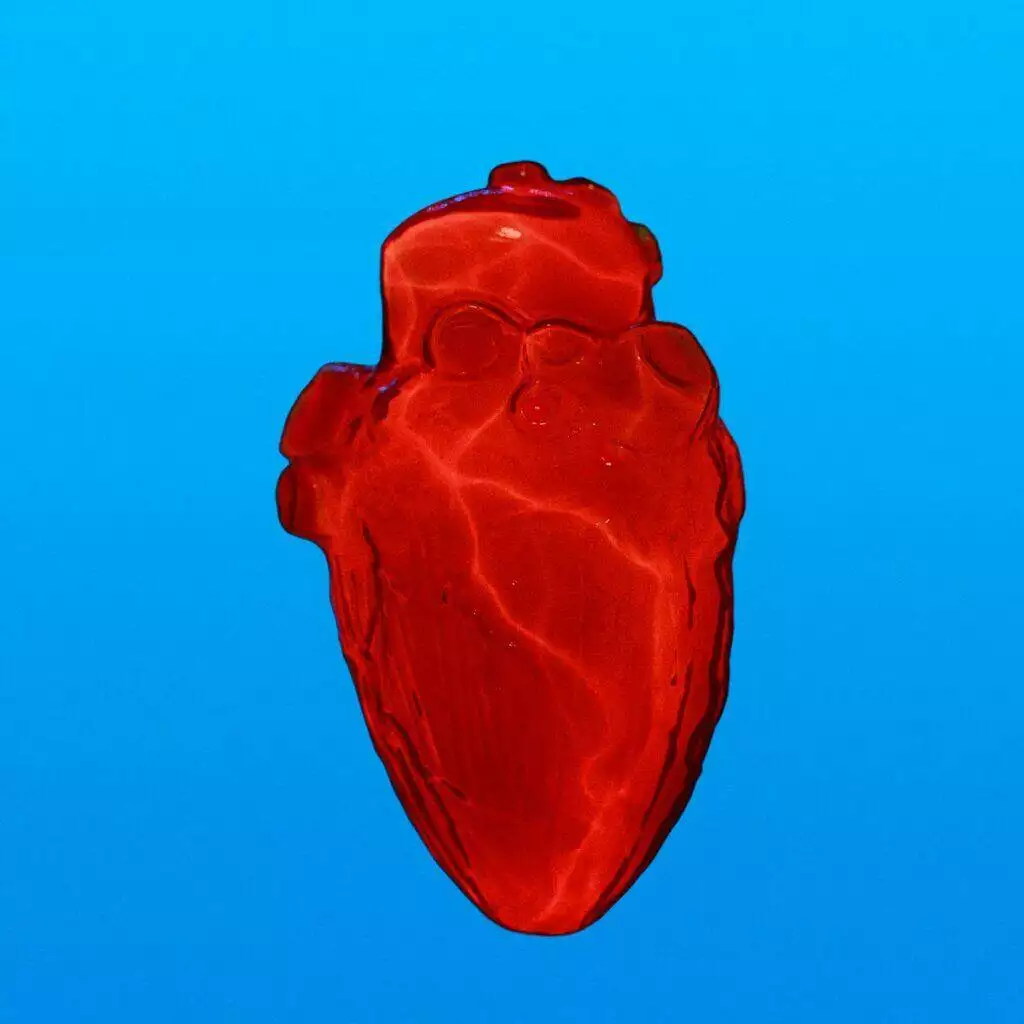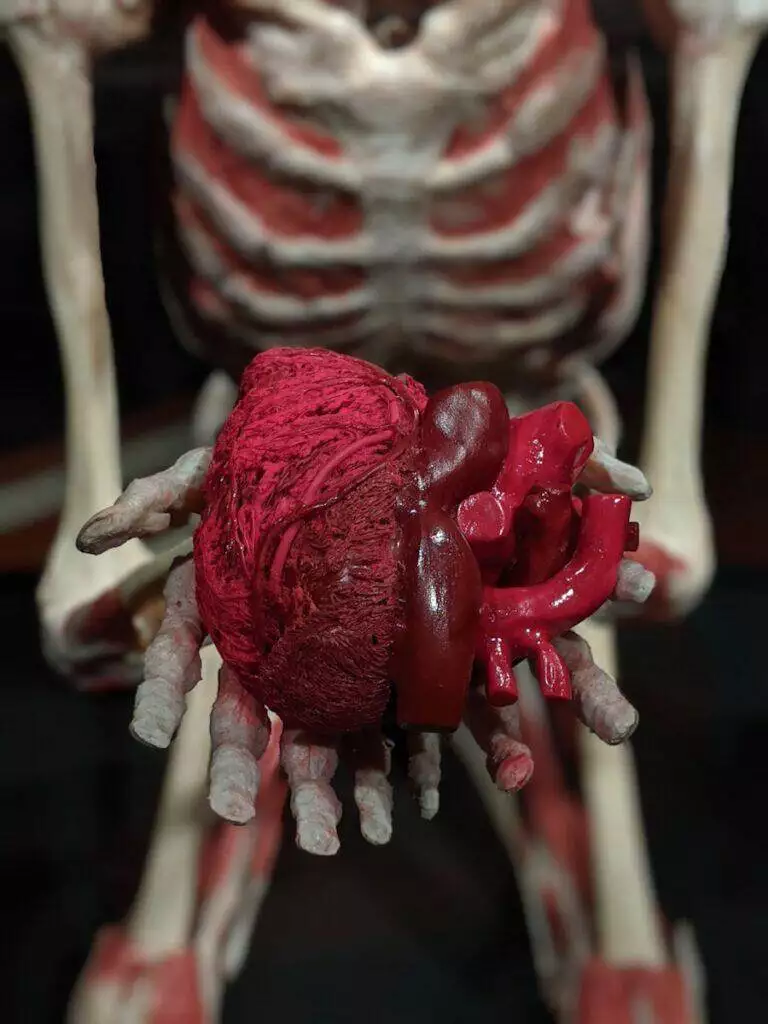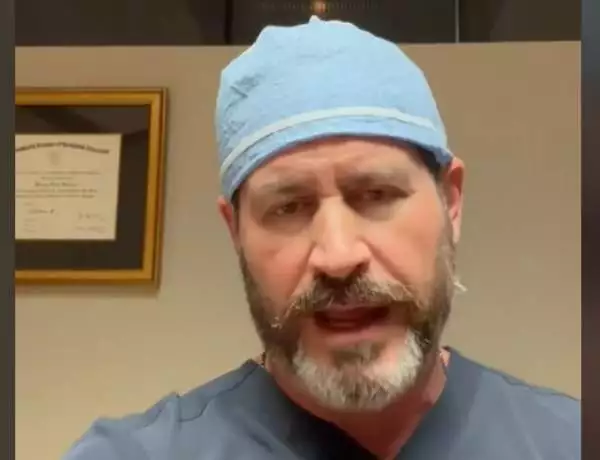Heart surgeon Dr. Jeremy London shares handy tips as to how you can check on your heart’s health. No need for doctors or tests, you can simply do it from the comfort of your own home.
Dr. London also reassures his viewers that his method is not time-consuming at all, so no one has an excuse for not checking up on their heart’s health.
More about his method

His method aims to check the arteries’ efficiency and if there are blockages in them.
“How can you tell that you may have important blockages of the heart arteries without a single blood test, X-ray, or ECG?” He asked in his video.
The answer is simple

Dr. London simply replied to his question, saying: “Well, not surprisingly, you have to listen to your body.” The US-based doctor detailed the warning signs and “red flags” to look out for and what they mean, if they’re there.
The warning signs to look out for

Dr. London pointed out that chest tightness, chest pain, and shortness of breath could be worrisome signs if they’re there. Also, if there is pain radiating to the jaw or arm with exertion that is relieved with rest, this can be a warning sign that something is wrong as well.
Why these symptoms are indicative of heart blockage

“Let’s assume for a minute that you have a blockage in the artery of the front of the heart, when you exert yourself, that area below the blockage is blood starved and you start to have these symptoms. When you rest, the demand on this area of the heart goes down and the pain goes away,” Dr. London explained.
What the doctor explained is angina

What Dr. London described is what is medically known as angina. According to the NHS, angina is a usually non-life-threatening chest pain caused by reduced blood flow to the heart muscles. However, it means “you could be at risk of a heart attack or stroke,” the NHS explained.
It is also a common symptom of coronary heart disease (CHD)

The British Heart Foundation explains: “Over time, a fatty material called atheroma (sometimes known as plaque) can build up inside your coronary arteries. This process is called atherosclerosis. Eventually, your arteries may become so narrow that they cannot get enough blood to your heart.”
People are not aware until it’s too late

According to the cardiovascular research charity, countless people with blocked arteries or atherosclerosis are oblivious to their condition until they unfortunately “develop symptoms, such as angina or claudication.”
Therefore, being aware of the warning signs is pivotal because the sooner a condition is treated, the better the outcome is.
Not having symptoms doesn’t mean you’re safe
Dr. London put emphasis on the fact that “clearly, not having this situation doesn’t mean that you don’t have blockages in the heart arteries, but if they are occurring you need to see a qualified healthcare professional.”
Going back to your doctor if you have any concerns is always a solid move.
What if it is left untreated?

If your CHD is left untreated, the fatty deposits break off and form a blood clot which entirely blocks the oxygen flow to the heart. Those with obesity and who don’t do enough exercise are most at risk of having CHD.
How to treat it

One must start with a healthy lifestyle change, for example, a better diet, more exercise, and medications like statins or blood thinners can go a long way.
If they fail or are not enough, one can resort to surgery to open up or bypass blocked arteries.



















































